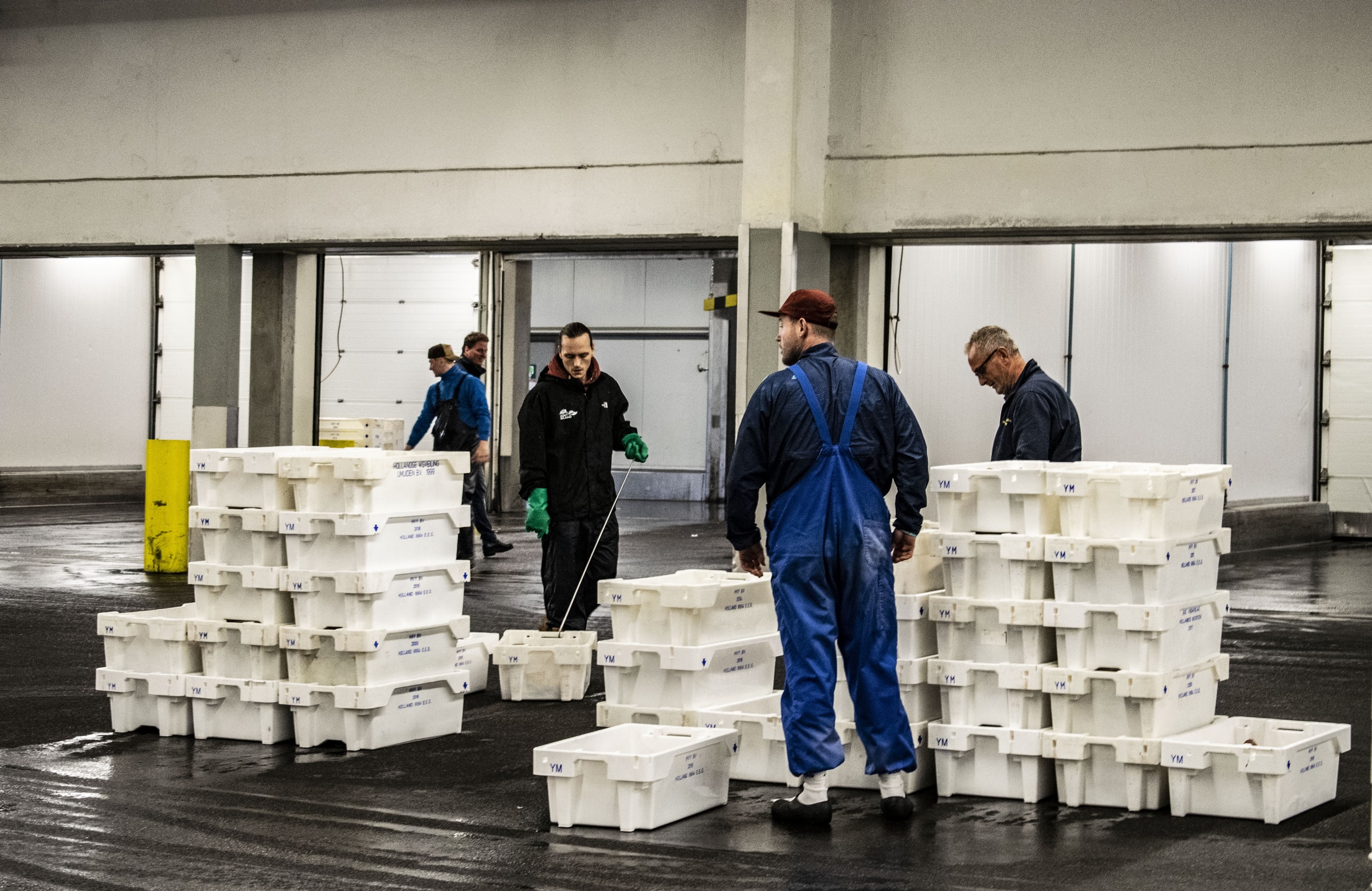Fish traders coming to terms with a new market landscape in 2021

A little over one year after the first lockdowns were introduced in response to the COVID-19 pandemic, businesses around the world can now look back and evaluate the effectiveness of their response to the challenges they have faced. Any hope of a swift resolution and return to normality quickly faded as attempts to lift restrictions were followed by repeated waves of surging cases. This forced entire industries to undergo significant transformations in order to survive. The seafood sector is no exception in this regard, and the pandemic has been the catalyst for some far-reaching changes to consumer behaviour, sales and marketing channels, and product development strategies. Although the financial impact has been severe, one of the positives to emerge from the pandemic has been a more resilient industry and a whole new set of market opportunities. The vaccine rollout programme is now well underway in several key markets. As a result, stakeholders are anticipating a significant demand boost once foodservice demand recovers to supplement the newly strengthened retail business.
While the market impact of COVID-19 has been significant, producer operations have also been heavily affected. Restrictions on the movement of people, difficulties obtaining necessary inputs (like fishing tackle) and the introduction of various sanitary measures that reduced the efficiency of vessel crews contributed to an estimated 0.7 percent drop in capture fisheries production in 2020. However, weak prices, processing difficulties and poor demand were also major drivers behind the slowdown. Alaska pollock production fell while cephalopod fisheries also suffered. However, these effects were most pronounced early on in the pandemic, and lessened as fishers adapted to the new operational constraints and the rapidly evolving market environment.
Last year was also a difficult one for aquaculture producers. The aquaculture sector varies enormously depending on species, but generally aquaculture operators are vulnerable to sudden market downturns because in business terms biomasses at farms are equivalent to perishable inventory that must be sold within a specific timeframe. Aquaculture firms also require a constant supply of inputs, financing and labour, all of which were negatively impacted by the economic and social chaos that characterized the early stages of the pandemic. Combined with the deteriorating market environment, the net effect of these challenges was an estimated 1.3 percent drop in global aquaculture output for 2020. If confirmed, this figure would represent the first decline in aquaculture production at a global level in several decades, reflecting the primary role the sector has played in driving fish supply growth in recent times.
Although the situation markedly improved towards the end of 2020, financial results for the year as a whole took a significant hit and trade revenues contracted. Foodservice demand was markedly reduced for the majority of the year, meaning the impact was more severe for those species heavily dependent on sales from restaurants, hotels and catering (HORECA). The total value of fishery product exports fell by an estimated 5.7 percent, while volumes dropped by 3.9 percent. Exports by China, the world’s largest seafood exporter, dropped by around USD 1.8 billion, while total exports by Asian countries fell by some USD 3.2 billion. Exports by South American producers fell by USD 1.1 billion, while European exports were around USD 3 billion lower. The FAO Fish Price Index, measuring aggregate prices for the most heavily traded species, fell from 106 at the start of 2020 to the low 90s due the pandemic effects.
The outlook for 2021 remains uncertain. Although recovery is already underway in several key markets, the rate of this recovery is heavily dependent on the speed and effectiveness of vaccine rollout programmes. Price increases are likely for several species as foodservice demand returns, but the economic damage inflicted by the pandemic have been substantial and it is not yet fully clear what the long-term effects will be. In the meantime, stricter sanitary requirements and inspection protocols already increase logistical costs. At the same time, newly developed distribution channels, products designed for home consumption and operational adaptations are likely to remain key features of the industry, increasing the ability of businesses to respond to future crises of a similar nature and opening new routes for innovation. Beyond the pandemic, there are other trade-related challenges concerning the industry in 2021, such as the remaining tariffs on US-China trade. Traders in the United Kingdom of Great Britain and Northern Ireland are also facing delays and administrative obstacles as the phased process of the country’s exit from the European Union creates confusion.

